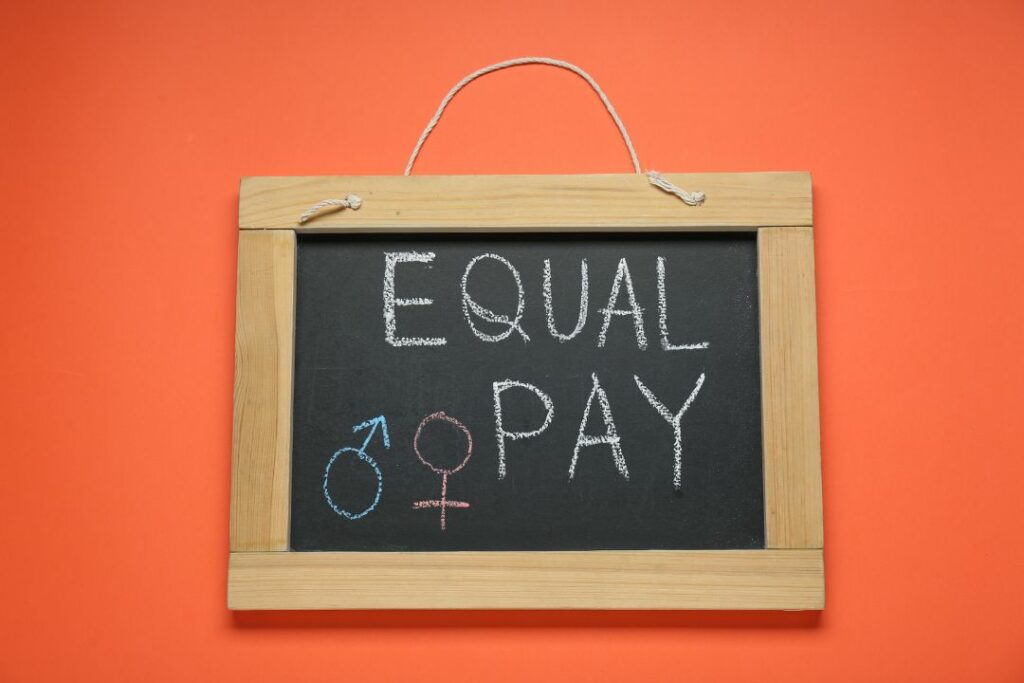What is Gender Pay Gap Reporting?

Gender Pay Gap Reporting is an important initiative designed to measure the difference in average hourly wages earned by men and women. With reporting requirements becoming increasingly more common, employers need to be aware of the potential implications it could have on their organisation. Discover what Gender Pay Gap Reporting is, how and why it’s used, and how best to address it in your workplace.
What is Gender Pay Gap Reporting?
Gender Pay Gap Reporting is the process of measuring and reporting differences in average hourly wages earned by men and women. The pay gap is typically expressed as a percentage difference between the average hourly wages earned by men and women. By collecting this data, organisations can assess their progress in ensuring gender equality in pay.
What Are the Requirements for Gender Pay Gap Reporting?
Gender Pay Gap Reporting is a requirement in many countries, including the United Kingdom, Australia, and Germany. Organisations are required to report gender pay gap data that accurately reflects their workforce and compliance with laws on equal pay for work of equal value. Companies must also provide detailed explanations regarding any gaps in pay found between male and female employees.
How Can Organisations Address Gender Pay Gaps?
Organisations can analyse their workforce’s gender pay gap data and use it to address any disparities. It is important for companies to set goals and create strategies for how they will close the gap and reach pay equality between genders. This includes conducting an Equal Pay Audit to identify where potential differences in wages may exist, calculating salaries fairly according to job type and value, and preventatively monitoring employer trends in terms of gender representation across job roles.
Companies should ensure they are providing full transparency regarding pay practices by educating all employees on results from Gender Pay Gap Reports.
HRLocker has compiled a Gender Pay Gap Reporting Review. This report provides insights into the attitudes and measures being adopted by HR professionals in relation to the new reporting requirements, highlighting best practice approaches to GPG compliance.
What Benefits Come From Complying With Gender Pay Gap Reporting?
Complying with Gender Pay Gap Reporting has several advantages. By understanding and addressing any potential disparities, organisations are reducing the risk of facing a costly pay equity lawsuit from employees or job applicants who feel they were discriminated against in terms of wages and compensation.
Additionally, making sure all employees receive fair pay strengthens internal morale and promotes an atmosphere of trust between employers and staff, which can lead to improved employee satisfaction.
Finally, organisations that comply with Gender Pay Gap Reporting promote their commitment to equality and demonstrate a corporate-wide dedication to ensuring fair practice in the workplace.
What Are the Potential Consequences of Not Addressing Wage Disparities?
Organisations that don’t address wage discrepancies through Gender Pay Gap Reporting may face several potential consequences. If a discrimination lawsuit is brought against the organisation, it could lead to significant financial losses due to fines, legal costs, and potential reputational damage. Not addressing wage disparities can create long-term issues for organisations in terms of employee morale and job applicant attraction.
If potential job applicants believe the organisation does not prioritise fair pay for all employees, they may be less likely to apply for or accept an offer from the company.

